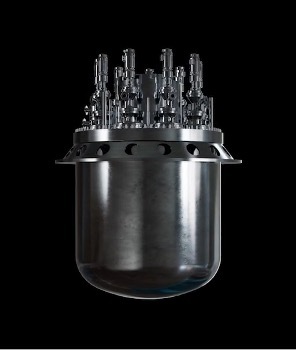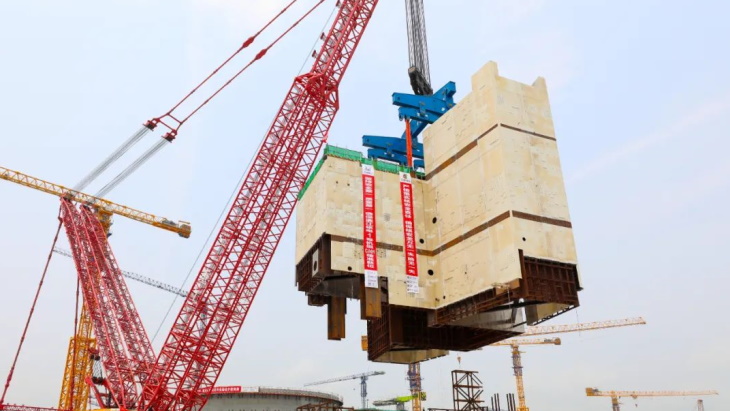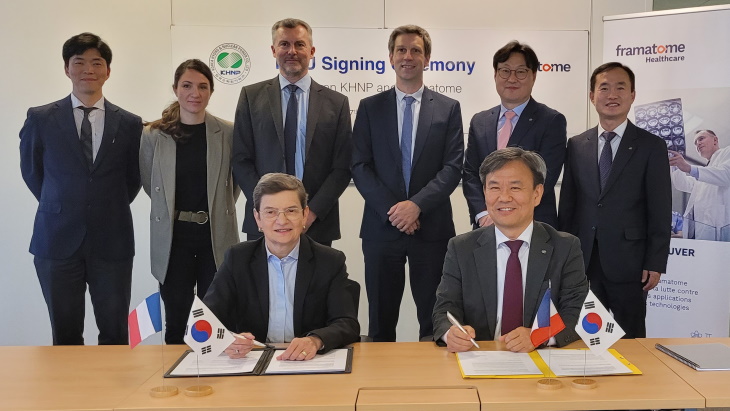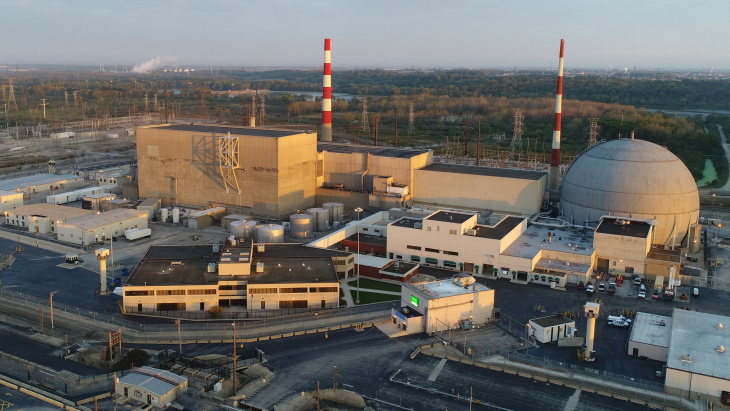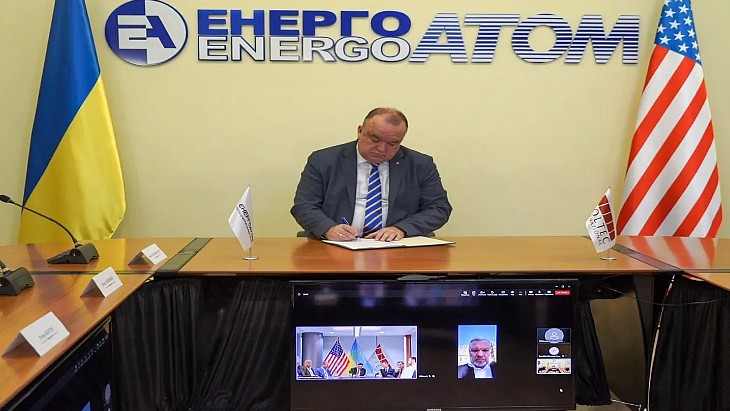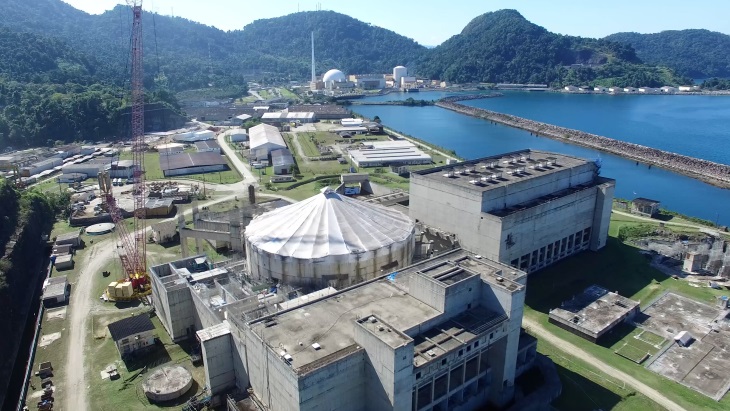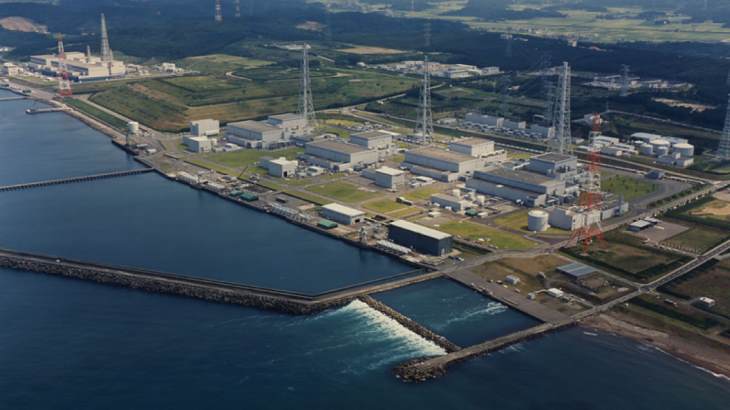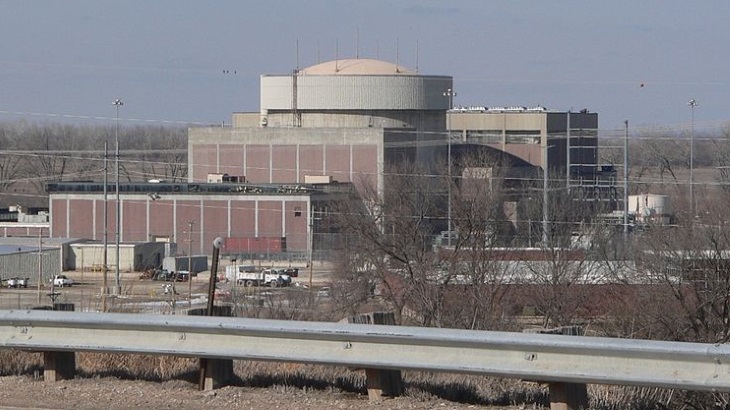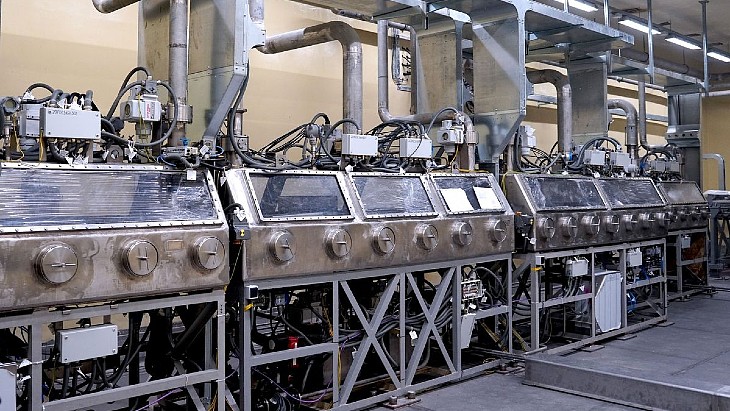Source: https://www.world-nuclear-news.org/Articles/Kazakhstan-shines-spotlight-on-nuclear-powered-fut
As the world's largest producer of uranium gears up for a referendum on the construction of a nuclear power plant, national policymakers and stakeholders have shared Kazakhstan's vision for a civilian nuclear programme at the World Nuclear Spotlight Kazakhstan event in Almaty.
Organised by World Nuclear Association in collaboration with the Ministry of Energy of the Republic of Kazakhstan, the 15 April event was held to provide support and insight ahead of the upcoming referendum. It brought high-level representatives from Kazakh government, industry and institutions together with international industry leaders to provide information and exchange views on Kazakhstan's requirements for deployment of nuclear power and opportunities for the country in driving forward its nuclear power plans.
The event kicked off with introductory addresses from high-level speakers followed by a comprehensive overview of energy development in Kazakhstan and the country's progress towards potentially embarking on a nuclear programme, provided by speakers from government bodies, industry and institutions.
With three currently operating research reactors - and as the former home to a fast reactor - nuclear is already a critical component of Kazakhstan's identity, Vice-Minister of Energy Sungat Yessimkhanov told delegates. Citing the growing recognition of nuclear energy as a key tool in achieving net zero - underlined by the IAEA-led Nuclear Energy Summit in Brussels last month and the multinational ministerial declaration signed at COP28 last year which recognised the need for a tripling of nuclear energy capacity by 2050 - he said nuclear is becoming a key tool for achieving net-zero ambitions. "Kazakhstan is a uranium producing and exporting country, so we are obliged to use this advantage to the maximum," he said.
Yernat Berdigulov is managing director of Strategy and Asset Management at Samruk-Kazyna, Kazakhstan's sovereign wealth fund which is a major shareholder in national atomic company NAC Kazatomprom JSC. As well as recognising the need for nuclear as a low-carbon baseload energy source for Kazakhstan, he said, the fund is also "following the advancement" of small modular reactor (SMR) technology which he said offers a "versatile solution" especially for remote areas of the country.
"It's very obvious that uranium fuel is indispensable for our net-zero carbon objectives," he said.
Milestones to decarbonisation
Kazakhstan is a country rich in resources including coal - which is relied on by many regions - but is working hard to decarbonise, and is making rapid progress with the development of renewable energy as well as looking to nuclear, Gulmira Mursalova, deputy director of the Department of Atomic Energy and Industry at Kazakhstan's Ministry of Energy, said. The country is following the IAEA's Milestones approach - a progressive, phased method to support countries which are considering or planning their first nuclear power plant in establishing the infrastructure for a nuclear power programme.
Last year, President Kassym-Jomart Tokayev announced plans for a referendum to be held on the construction of a nuclear power plant. The date for the referendum is not yet known - it will depend on a presidential decree which has not yet been issued, she said. A positive outcome from the referendum will be needed for Kazakhstan's nuclear project to proceed, but some actions already being taken include looking at technology options as well as capacity building to support nuclear projects and public outreach and information activities, Mursalova added. A site at Ulken, on the shores of Lake Balkhash, has already been identified as a suitable location for a nuclear power plant, but any nuclear power plant location will need the agreement of the local community.
Technology options
Kazakhstan's first nuclear power plant will be a large reactor, and coal will continue to play a major role in the country's energy mix over the next 10 years, Mursalova said. But beyond that, SMRs could be an option for replacing retiring coal plants and could provide a "perfect" solution for some regions, she added.
Financing a nuclear programme is another consideration, and Mursalova said the Department of Atomic Energy and Industry is talking to partners about possible options including loans. But "this is not a decision for now" she said.
Using nuclear plants for district heating and process heat needs could help reduce the commercial risk of future plants, Timur Zhantikin, director general of Samruk-Kazyna subsidiary Kazakhstan Nuclear Power Plants, told delegates. This is an area in which Kazakhstan already has experience: the former BN-350 fast reactor at Aktau operated commercially from 1973 until 1999, and provided steam for a desalination plant as well as generating electricity for the nearby town.
Capacity building
As well as being a reliable and responsible supplier of uranium to the global community for more than 25 years Kazatomprom wants to have an active role in producing uranium fuel for Kazakhstan's nuclear plant, the company's CEO Meirzhan Yussupov said. The company is also considering potential investment in nuclear fuel cycle services to further leverage Kazakshtan's uranium resources to accelerate the nuclear programme, particularly through uranium conversion and enrichment. But such investment decisions are also a "delicate balance" that will take into account market dynamics, Yussupov said.
Subject to the necessary investment being forthcoming, Kazatomprom is "ready and interested", he said.
Kazakhstan already has a degree of capacity to support a nuclear energy programme, from its experience with its current research reactors and the BN-350 fast reactor as well as its natural uranium industry, and already has a strong nuclear regulatory regime. Kazakh institutions are ready to develop the workforce that will be needed, said Erlan Batyrbekov, director general of the National Nuclear Centre of the Republic of Kazakhstan. The National Nuclear Centre is also providing support to efforts to provide information to the Kazakh public and the government ahead of the referendum, he said.
Supporting Kazakhstan
World Nuclear Spotlight is an international event held in a country considering starting or re-starting a civilian nuclear power programme. Kazakhstan is well placed to take advantage of the benefits that nuclear will provide, and the entire global nuclear community is ready to support it in its efforts, World Nuclear Association Director General Sama Bilbao y Léon said.
"Each country must take a serious, pragmatic assessment on what it will take for that country to reach net zero in a way that is both effective and equitable," she said.
"The next step is very, very important, which is achieving a national consensus … and here it is very, very important that whatever decision is made … is one that the country is going to be happy with," she said, adding that the global industry and international organisations including the International Atomic Energy Agency and World Nuclear Association stand ready to support Kazakhstan as it works towards a decision.
"Once Kazakhstan decides to become part of the global nuclear family, we will embrace you," she said.

